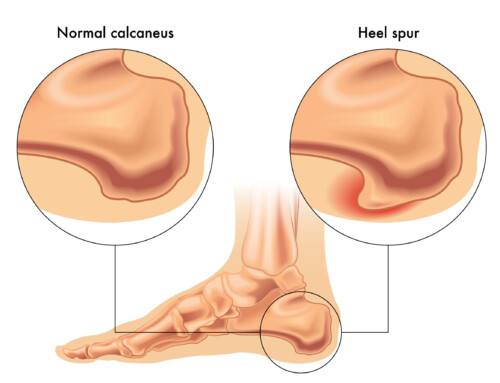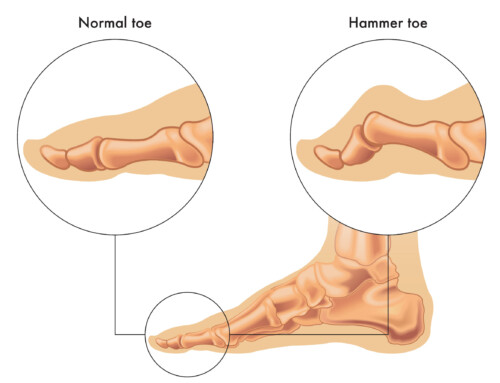by Caroline Cuda, SPT
Ankle sprain injuries can range from mild to severe, and symptoms can include pain, swelling, and bruising. Physical therapy is a common treatment for ankle sprain injuries, and the goals of therapy are to reduce pain, improve range of motion, and prevent future ankle sprains.
Anatomy of the Ankle
The ankle joint consists of multiple ligaments on both sides, including the medial side (inside) and the lateral side (outside). The Deltoid ligament is located on the medial side, while the lateral side is composed of 3 different ligaments:
- Anterior talofibular ligament (ATFL)
- Calcaneofibular ligament (CFL)
- Posterior talofibular ligament (PTFL)
Ligaments have the important function of connecting bones to other bones, and providing stability for the joint. When the ankle joint moves beyond its typical range of motion, the ligaments can become overstretched or even torn.
Mechanism of Injury
Lateral ankle sprains are the most common injury of the ankle.
The most frequent mechanism of injury occurs when the foot is inverted (turned in). This movement of the ankle will put stress on the lateral ligaments, making them more prone to injury. Additionally, the most common ligament that is sprained is the ATFL due to the mechanism of injury and its location.
Depending on the grade of the injury, the other lateral ligaments may be involved as well. Injury to the Deltoid ligament is less common, but may occur if the ankle is everted (turned out) and externally rotated.
Who is at Risk for Injury?
- Those who have a history of previous ankle sprains
- Do not use an external support
- Do not properly warm up – using dynamic movements and static stretching
- Do not have normal dorsiflexion range of motion
- Do not perform balance & proprioceptive training if history of ankle injury
Grades of Ligament Injury & Recovery Time
The ligaments involved can vary depending on the position of the foot and velocity of the mechanism of injury. Ligament injury can be categorized as either a Grade I, II, or III tear.
Grade I: Mild sprain – over stretching of a ligament. Recovery time will be around 2-4 weeks.
Grade II: Moderate sprain – partial tearing of one or more ligaments. Recovery time will be around 1-2 months
Grade III: Severe sprain – complete rupture of one or more ligaments. Recovery time likely 3+ months
How Physical Therapy Can Help
RICE protocol:
- Rest: avoid activities that are aggravating
- Ice: at least 20 minutes 2x/day
- Compression: using a compressive wrap to manage swelling
- Elevation
Physical Therapy Interventions:
- Early range of motion – passive & active
- Proprioceptive & balance training programs
- Strengthening exercises
- Normalizing gait pattern
- Assist with returning back to activities/sports
Treatment For NY Capital Region Ankle Sprains
Ankle sprain injuries can be very painful and debilitating, preventing you from doing the things you love. Capital Area Physical Therapy & Wellness can provide relief and support for ankle pain at any of our regional physical therapy offices. We offer a variety of ankle sprain treatments. Call us today at 518-289-5242 to schedule your appointment. We look forward to helping you get back on your feet!
References
- Golanó P, Vega J, de Leeuw PA, et al. Anatomy of the ankle ligaments: a pictorial essay. Knee Surg Sports Traumatol Arthrosc. 2010;18(5):557-569. doi:10.1007/s00167-010-1100-x.
- Types of ankle sprains & their treatments: HSS Foot & Ankle. Hospital for Special Surgery. https://www.hss.edu/conditions_ankle-sprains-types-treatments.asp. Published October 9, 2018. Accessed June 11, 2022.
- Martin RL, Davenport TE, Paulseth S, et al. Ankle Stability and Movement Coordination Impairments: Ankle Ligament Sprains. J Orthop Sports Phys Ther. 2013;43(9):A1-A40. doi:10.2519/jospt.2013.0305
GUIDE: Physical therapy guide to ankle sprain. Choose PT. https://www.choosept.com/guide/physical-therapy-guide-ankle-sprain. Published August 26, 2021. Accessed June 11, 2022.






